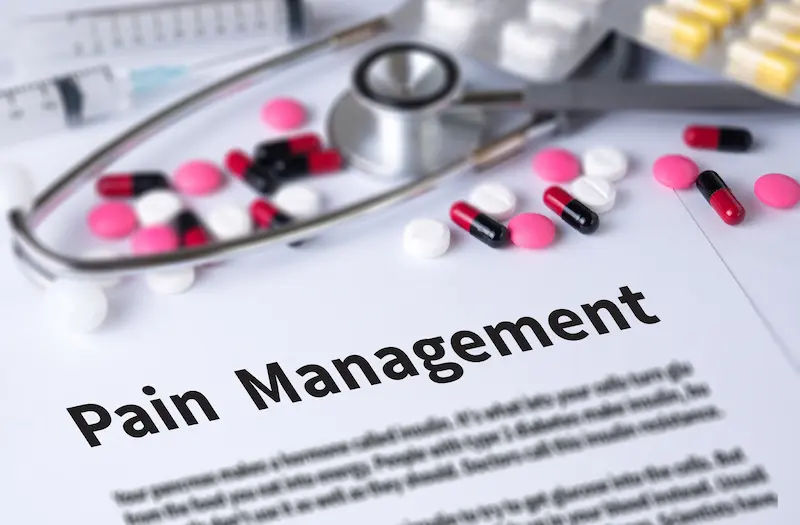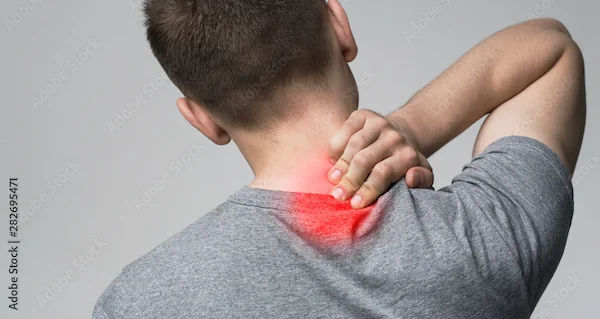Understanding Lumbago: Definition and Insights
Lumbago simply means lower back pain. Learn what causes it, common symptoms, and evidence-based strategies to manage and prevent flare-ups effectively.

Written by Dr. Mohammed Kamran
Reviewed by Dr. D Bhanu Prakash MBBS, AFIH, Advanced certificate in critical care medicine, Fellowship in critical care medicine
Last updated on 5th Nov, 2025

Introduction
If you’ve ever experienced a dull, persistent ache or sharp pain in your lower back, you may have had lumbago. While the term might sound intimidating, it simply refers to pain in the lumbar region, the lower part of your spine. Lumbago is a common issue that affects people of all ages, especially those with sedentary lifestyles or physically demanding jobs.
In this article, we’ll break down what lumbago is, its causes, symptoms, and ways to manage it effectively so you can get back to living comfortably.
What Is Lumbago?
Lumbago is a general term used to describe pain in the lower back (lumbar spine). It can range from mild discomfort to severe, debilitating pain. The condition is not a disease itself but rather a symptom of an underlying issue, such as muscle strain, poor posture, or spinal problems.
Common Causes of Lumbago
Several factors can contribute to lumbago, including:
Muscle or Ligament Strain – Heavy lifting, sudden movements, or poor posture can strain the muscles and ligaments in your lower back.
Herniated or Bulging Discs – The soft cushions (discs) between your spinal bones can bulge or rupture, pressing on nerves and causing pain.
Arthritis (Osteoarthritis) – Wear and tear of the spinal joints can lead to stiffness and pain.
Poor Posture – Sitting for long hours, slouching, or incorrect lifting techniques can strain the lower back.
Sedentary Lifestyle – Lack of exercise weakens back muscles, making them more prone to injury.
Obesity – Excess weight puts extra pressure on the spine.
Stress & Tension – Emotional stress can tighten back muscles, leading to discomfort.
Symptoms of Lumbago
Lumbago can present in different ways, including:
Dull, aching pain in the lower back
Stiffness that worsens after sitting or standing for long periods
Sharp, shooting pain when moving or bending
Pain that radiates to the hips, buttocks, or legs (if a nerve is compressed)
Difficulty standing up straight or walking comfortably
If your pain is severe, persistent, or accompanied by numbness, weakness, or bladder/bowel issues, seek medical attention immediately—it could indicate a more serious condition.
Consult a top pain specialist for the best advice
How to Manage and Prevent Lumbago
Most cases of lumbago improve with simple home care and lifestyle adjustments. Here’s what you can do:
1. Stay Active (But Don’t Overdo It!)
Gentle exercises like walking, swimming, or yoga can strengthen back muscles and improve flexibility.
Avoid prolonged bed rest—light movement helps recovery.
2. Improve Your Posture
Sit with your back straight and shoulders relaxed.
Use ergonomic chairs and adjust your workstation if you sit for long hours.
Lift heavy objects by bending your knees, not your back.
3. Apply Heat or Cold Therapy
Cold packs (for the first 48 hours) help reduce swelling.
Heat pads (after 48 hours) relax stiff muscles and improve blood flow.
4. Strengthen Your Core
Strong abdominal and back muscles support your spine. Try exercises like planks or pelvic tilts.
5. Maintain a Healthy Weight
Excess weight strains the lower back—eating a balanced diet and staying active can help.
6. Over-the-Counter Pain Relief
Medications like ibuprofen or acetaminophen can ease pain and inflammation (consult a doctor before long-term use).
7. Stress Management
Meditation, deep breathing, or light stretching can reduce muscle tension caused by stress.
When to See a Doctor
While most lumbago cases resolve on their own, consult a healthcare provider if:
Pain lasts longer than a few weeks
Pain spreads to the legs or causes numbness/weakness
You have difficulty controlling bladder/bowel movements
Pain follows an injury or fall
A doctor may recommend physical therapy, imaging tests (X-ray/MRI), or other treatments if needed.
Final Thoughts
Lumbago is a common but manageable condition. By staying active, maintaining good posture, and making healthy lifestyle choices like staying active, improving posture and stress management, you can reduce discomfort and prevent future flare-ups.
Consult a top pain specialist for the best advice
Consult a top pain specialist for the best advice

Dr. Shruti I
Obstetrician and Gynaecologist
7 Years • MBBS, MS (OBSTETRICS & GYNAECOLOGY)
Bangalore
Apollo Clinic Bellandur, Bangalore
Dr. Preeti Kathail
General Physician/ Internal Medicine Specialist
17 Years • MBBS, PGDHHM
Bangalore
Apollo Clinic Bellandur, Bangalore

Dr. Chinmoy Roy
Pain Management Specialist
15 Years • MBBS , MD(Anaesthesiology) , Fellowship of Interventional Pain Practice (WIP - USA )
Kolkata
Rajarhat Pain Clinic, Kolkata

Dr Venkata Naga Sai Tribhushan Rambhatla
General Physician
3 Years • MBBS
Bengaluru
PRESTIGE SHANTHINIKETAN - SOCIETY CLINIC, Bengaluru
Dr Sumanth R
General Physician
2 Years • MBBS
Bengaluru
PRESTIGE SHANTHINIKETAN - SOCIETY CLINIC, Bengaluru




